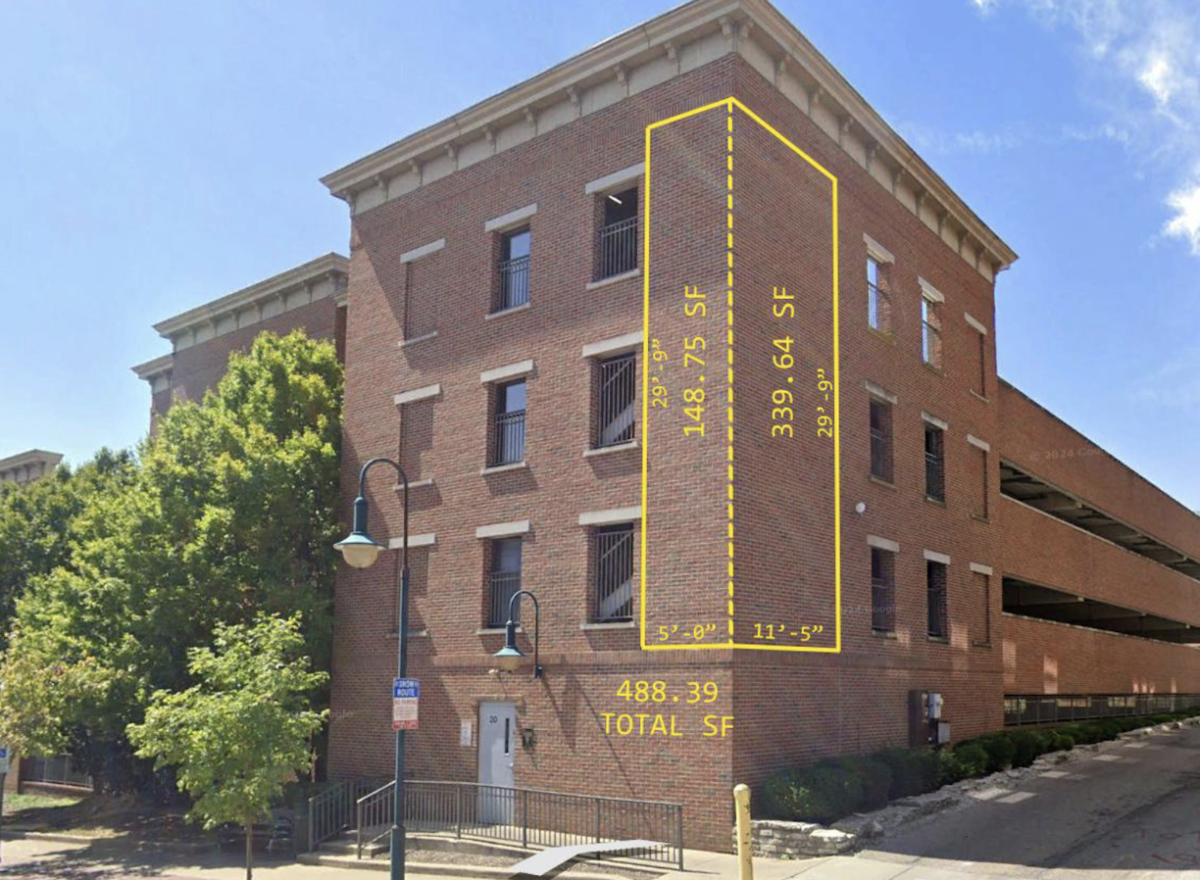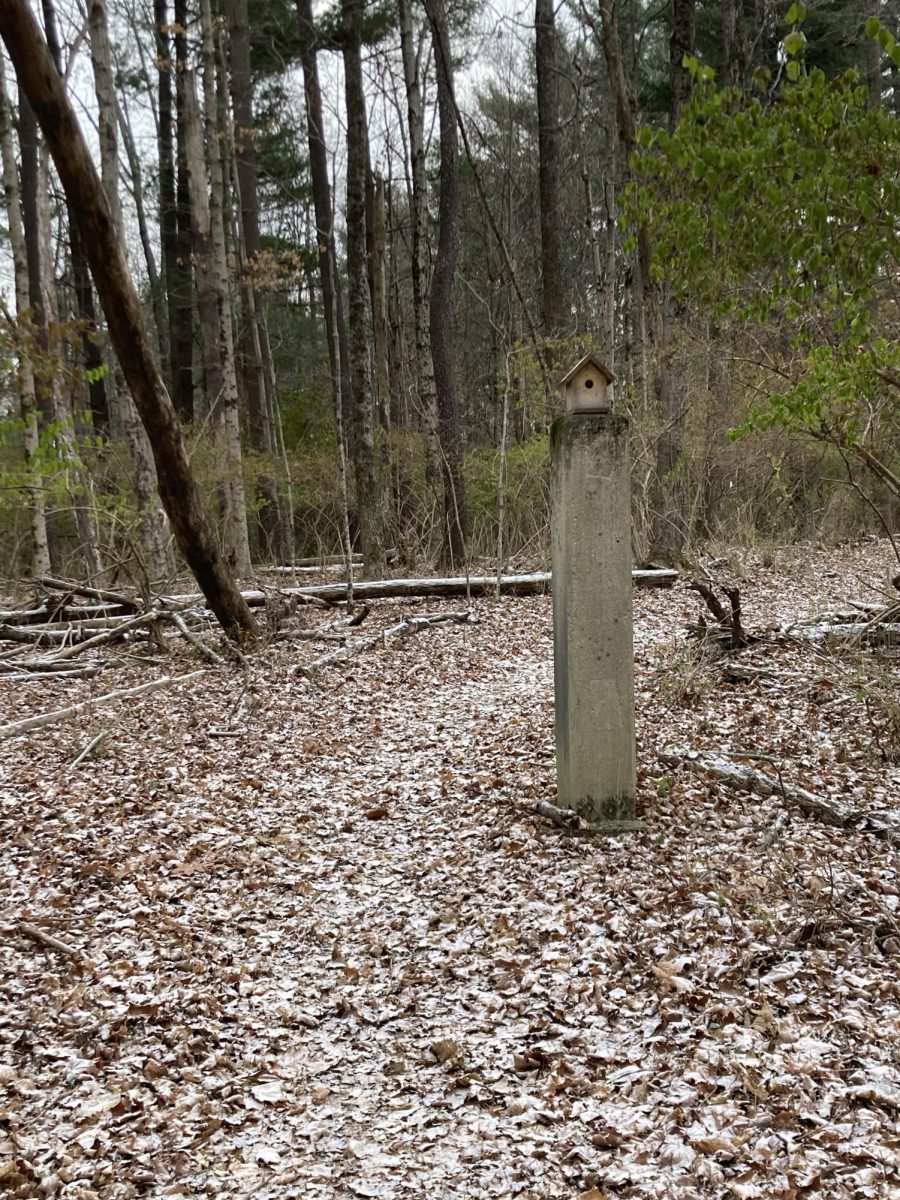Maybe you know the story, too.
The blind man comes to spend the night with an old friend and her husband, who narrates. So begins Raymond Carver’s “Cathedral” (1983).
The visit is awkward at first. They ease the tension with Scotch and cannabis after dinner. They talk into the night, the TV on in the background, some program about cathedrals.
The blind man asks the narrator to describe one.
“I stared hard at the shot of the cathedral on the TV. How could I even begin to describe it? But say my life depended on it. Say [. . .] I had to do it or else.”
Say our lives depended on describing a cathedral, or Picasso’s Guernica, or the color blue. Where could we even begin?
The Ancient Greeks coined a word for this effort—the art of describing a work of art. They called this detailed description ekphrasis, literally a “telling out,” meant “to focus and amplify emotions.”
Scholar James A. W. Heffernan calls ekphrasis “the verbal representation of visual representation.” In ekphrasis, something seen becomes something said.
Suppose description or representation proves insufficient, though. Suppose we encounter the problem the narrator of “Cathedral” encounters, hearing ourselves say: “To begin with, they’re very tall. [. . .] They reach way up. Up and Up. Toward the sky. [ . . .] I’m not doing so good, am I?”
Cathedrals—and “Guernica” and blue as well—are easier to name than they are to describe.
This is where, as ever, poetry comes in—between the need to name and the question of what to say. When we flail at saying what something is, metaphor allows us to say what it is like.
When mere description fails, a poem can enact the work of art metaphorically. We may “see” the statue in Rilke’s “Archaic Torso of Apollo,” but the poem creates the sense of being seen. The sense that in the same glance we see what is and even what is not there.
The best ekphrastic poems do just that, and more. They fulfill the Roman poet Horace’s notion of ut pictura poesis—“as is painting, so is poetry.” In doing so they challenge our ideas of both.
A work of visual art often attempts to hold in our gaze a moment that would otherwise escape us— the light falling just so at Mont Sainte-Victoire, or the not-quite-kissing pair on Keats’s famous “Grecian Urn.” As in painting, so in poetry.
An ekphrastic poem might take such an instant as its point of departure, as in W. H. Auden’s “Musée des Beaux Arts” (1938), which considers Pieter Brueghel’s “Landscape with the Fall of Icarus” (ca. 1560).
“About suffering they were never wrong, / The old masters,” the poem opens, without reference to Brueghel or Icarus or any specific painting. “[H]ow well they understood / Its human position: how it takes place / While someone else is eating or opening a window or just walking dully along.”
This is less description than commentary. You can almost feel Auden’s boozy, smoky breath on your neck as he looks over your shoulder at “Icarus,” prattling on about ice skaters and horses and dogs “go[ing] on with their doggy life.”
Then, just as the poem itself seems to have flown too close to the sun, Auden focuses and amplifies our own experience of Brueghel’s image and his own words:
“{E}verything turns away / Quite leisurely from the disaster
and the expensive delicate ship that must have seen
Something amazing, a boy falling out of the sky,
Had somewhere to get to and sailed calmly on.”
This indeed is suffering as we know it: the world continuing on its usual rounds despite our grief. The tragedy appears at the edge of the picture, so small you might miss it, captured as if by chance.
But what is the place of ekphrasis in a world where icons, memes, and emoji so often stand in—










